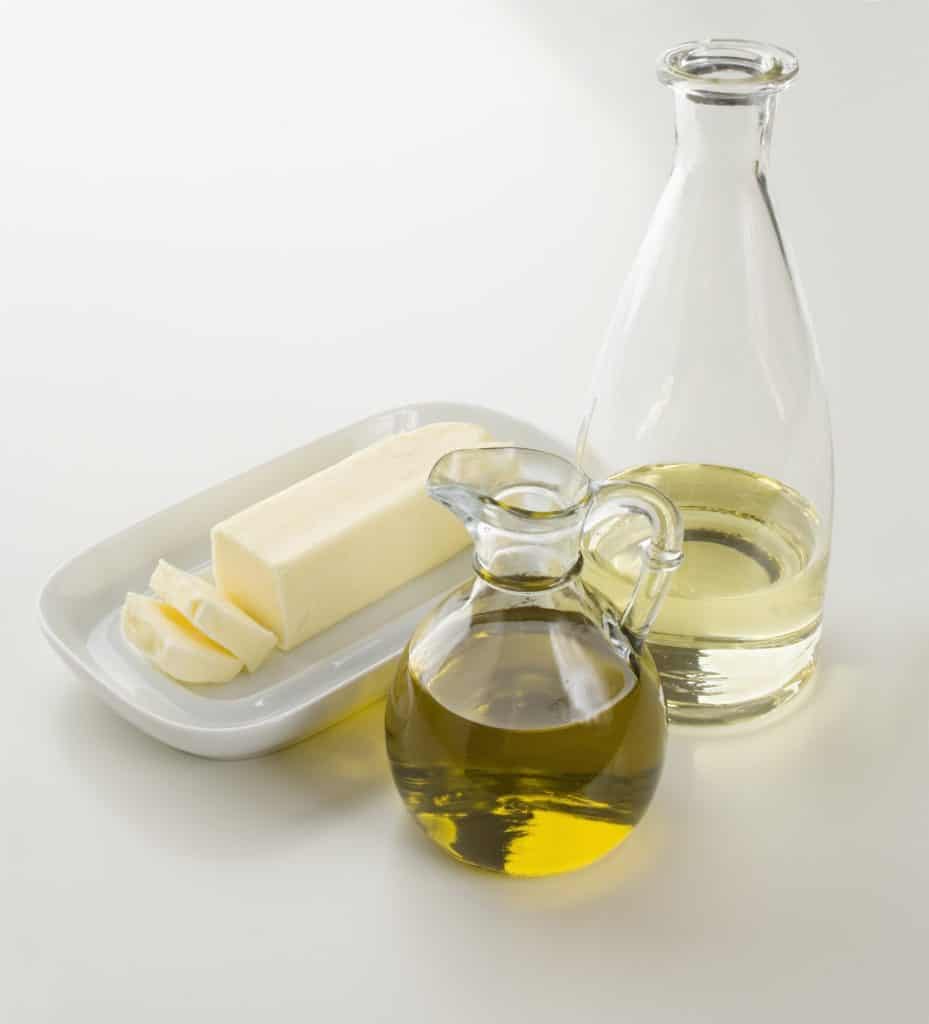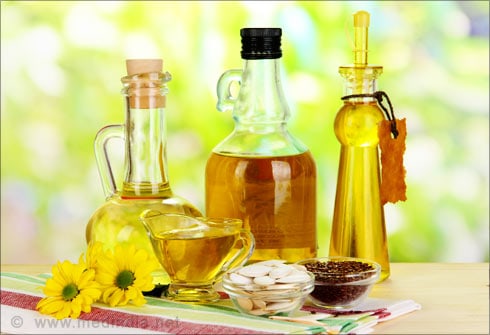Many freelancers work as cooking experts or practice in their homes. Baking and cooking enthusiasts often seek exciting and innovative ways to spice their dishes. The utilization technique of each ingredient allows for a distinct taste of flavor, which is seen at the end of the cooking or baking process. Certain elements such as oil, eggs, flour, and butter are one-offs and are primarily used in almost all recipes.

These constituents are frequently found in every domestic kitchen, so it is always good to stock them up—these ingredients, when fused, produce a kick by spicing up the dish’s flavors. Butter is considered a primary component for most recipes as it is a versatile ingredient and a significant element in formulating the base of any food item. Butter is a dairy product made from butterfat, milk proteins, and water. You can get high-quality butter by churning fresh or fermented cream and milk. Butter is rich and provides nutritious calories such as Vitamins A, E, D, and K2. Butter is considered a wholesome preference, predominantly for a typical breakfast, provided it is consumed reasonably. The culinary world will be incomplete if butter is not used as a primary or secondary ingredient. It is used to complement and tastefully enhance the food’s flavors, provide complexity to the distinct flavors of sauces, and add to the savor and texture of the overall dish.
But Half a cup of vegetable oil equals how much butter?
1/2 cup vegetable oil to butter
How Much Butter are 1 or 2 cups of oil?
In cooking, for 1/2 cup of oil, you can use 2/3 cup of butter. Usually, one teaspoon of butter is 3/4 teaspoon of oil, or one buttercup is 3/4.
How many tbsp in 1/2 cup butter?
You need 8 tablespoons for 1/2 cup (1 whole stick of butter), and 16 tablespoons equal 1 cup or two entire sticks of butter.
Please see the butter to oil conversion in spoons Table below:
| Butter | Oil |
|---|---|
| 1 Cup | 3/4 Cup |
| 3/4 Cup | 1/2 Cup + 1 Tablespoon |
| 2/3 Cup | 1/2 Cup |
| 1/2 Cup | 1/4 Cup + 2 Tablespoons |
| 1/3 Cup | 1/4 Cup |
| 1/4 Cup | 3 Tablespoons |
| 2 Tablespoons | 1 1/2 Tablespoons |
| 1 Tablespoon | 2 1/4 teaspoons |
| 1 teaspoon | 3/4 teaspoon |
Below is a presented Table of conversion butter to oil in ml:
| Butter (mL) | Olive Oil (mL) |
|---|---|
| 100 ml | 75 ml |
| 200 ml | 150 ml |
| 300 ml | 225 ml |
| 400 ml | 300 ml |
| 500 ml | 375 ml |
| 600 ml | 450 ml |
| 700 ml | 525 ml |
| 800 ml | 600 ml |
| 900 ml | 675 ml |
| 1000 ml | 750 ml |
Below is a presented Table of conversion of butter in grams to oil in ml:
| Butter (g) | Olive Oil (mL) |
|---|---|
| 100 g | 78 ml |
| 200 g | 156 ml |
| 300 g | 234 ml |
| 400 g | 312 ml |
| 500 g | 390 ml |
| 600 g | 468 ml |
| 700 g | 546 ml |
| 800 g | 624 ml |
| 900 g | 702 ml |
| 1000 g | 780 ml |
It is imperative for beginners to carefully and rightly measure ingredients through a standard cup or gram measurement for baking and cooking. If you substitute oil for butter, half a cup equals 1/4 cup and an additional two tablespoons of oil. The choice of oil depends on individual preference and the usage of ingredients in the cooking item. Similarly, 2/3 Cup equals a half cup of olive or any other oil, and 3/4 cup is associated with half cup +1 tablespoon of oil.
A whole cup of butter or margarine can be substituted by adding 3/4 cup oil. Oil can be substituted for butter if you spruce up your food flavors. In addition, adding oil, more specifically olive oil, in place of butter can be a healthier option. Adding ingredients through standard measurement units, including cups, grams, tablespoons, and teaspoons, can be challenging and problematic for novices. Incorporating one teaspoon of butter or margarine equals about 3/4 teaspoon of olive oil.
Similarly, if the recipient demands one tablespoon of butter, olive oil can be replaced using two-and-a-half teaspoons. If you want to double the butter ingredient by two tablespoons, one-and-a-half tablespoons of olive oil will serve the purpose. If you’re going to measure tablespoons, then three tablespoons of oil measure about 1/4 cup of butter. Similarly, 3/4 cup of butter is about 1/2 cup, plus one tablespoon of 2/3 cup is 1/2 cup of oil.
What is a substitute for butter in brownies?
You can use the following butter replacement in baking:
- Applesauce
- margarine
- bananas
- coconut oil
- pumpkin puree
- shortening
- olive or vegetable oil
- Greek yogurt
A half bar of butter or margarine amounts to about 1/4 cup and four tablespoons. On the other hand, it cannot be equated similarly to oil as the butter ingredients consist of water and milk solids; therefore, it is not ideal for measuring butter to oil with a 1 to 1 ratio. The properties of elements differ. Consequently, it is essential to consider the fundamental constituents before measuring them with another component. If you plan to use a full cup of oil, you can substitute it with two bars of melted butter.
There is no definite or rigid rule regarding the usage and substitution of butter and oil. The right amount of oil in terms of replacement cannot be determined because of the different properties of these two ingredients; however, they can be used interchangeably. About 3/4 of butter can be used for a particular recipe since there is no hard and fast rule. If the recipe has ten tablespoons of butter, add 7 1/2 tablespoons of oil to get close results. Swapping butter and oil and using them interchangeably can become more manageable if you have understood the fundamental dynamics of the cup and spoon measurement. After having a solid understanding of quantities, butter can be replaced by oil in almost any recipe, including sauces, cakes, cookies, and spreads.
How do you measure a cup of butter?
To measure 1 cup of butter, you will need 16 tablespoons or two sticks. Usually, 1 cup of butter is 4 ounces or 110 g.
Replacing Butter with Saturated Fats and Oil
Fats and oils have different properties, which help them be used interchangeably with butter, rendering them healthy substitutes. Ghee is a nutritious and delicious substitute for butter for those with milk allergies or lactose intolerance. Ghee is a type and category of clarified butter with a distinct aroma and unmatched taste. Ghee can be added during baking items for a desirable baking flavor. It can be substituted at a one-to-one ratio. However, ghee is suitable for baked goods that require a high temperature and a warm serving.

Coconut oil is also considered promising for replacing butter at a one-to-one ratio. However, coconut oil has distinctive properties; therefore, the overall palate and the flavor may differ. Try using refined coconut oil, as unrefined coconut oil is closer to the original for a less authentic taste. Coconut oil can be easily substituted if you are baking goods with chocolate flavors. If the recipe has one cup of butter, around 225 g, and you plan to replace it with olive oil, add 3/4 cup of about 180 mL of olive oil. Olive oil is more liquid; therefore, it can be added to those recipes that are solid in texture or require excessive creaming.
There are other ingredients available that can interchange butter at a one-to-one ratio. Most components have higher water content; therefore, the baked items may appear soggy and have less factual inconsistency. However, if you plan to retain the recipe’s original properties and texture, try using other liquid ingredients. Adding dry ingredients such as extra flour may also help maintain the solid texture of the original recipe. However, replacing butter with other ingredients is a trial and error-concept, as different substitutes may complement some recipes.
Margarine should be avoided during the substitution process as it is composed of different properties and is highly processed with excessive inflammatory Trans fats. Because of this, margarine will not provide the desired result regarding the baked goods’ consistency, flavor, and overall texture. Therefore, to maintain the desired outcome of the baked goods, it is essential to avoid using margarine as a substitute and try using different kinds of oil to achieve the closest result.
- Facebook Ads to Get Followers! - December 27, 2024
- ClickUp vs. Slack - December 20, 2024
- Mastering E-Commerce Analytics: A Blueprint for Success






